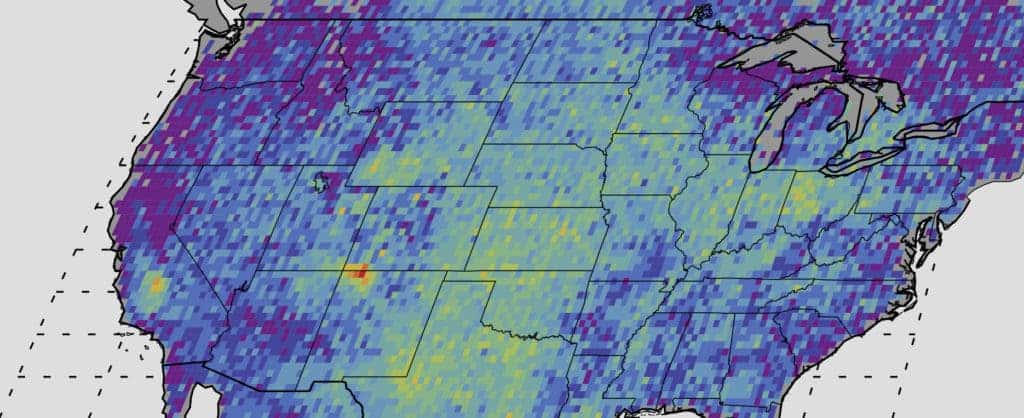Methane emissions are massively underreported by the industry, a new study using Google Street View cars found. Even the EPA estimate, which is much more realistic, is still three times lower than what researchers found.
“We took one small industry that most people have never heard of and found that its methane emissions were three times higher than the EPA assumed was emitted by all industrial production in the United States,” said John Albertson, co-author and professor of civil and environmental engineering. “It shows us that there’s a huge gap between a priori estimates and real-world measurements.”
Although the world has made some progress in reducing our consumption of coal, the use of natural gas has grown in recent years, particularly due to increased shale gas extraction and a general perception that gas isn’t as dirty as coal.
There is some truth to that idea. In a new, efficient power plant, natural gas emits 50 to 60 percent less carbon dioxide (CO2) when compared with emissions from a typical new coal plant. It’s still bad, just not as bad as coal. But if emissions are overlooked at any point in the extraction, processing, and distribution process, it could drastically change the math. A new study seems to indicate that just that — except it’s not about CO2, but methane.
While CO2 can affect the atmosphere for centuries or even millennia, methane only persists for about 12 years. However, it’s still an important consideration when it comes to climate change, particularly in the more immediate future. CO2 is usually painted as the bad boy when it comes to global warming, but as a greenhouse gas, methane is 30 times more powerful than CO2.
The globally averaged concentration of methane in Earth’s atmosphere has increased by about 150 percent since the start of the Industrial Revolution, and while most of the attention is aimed at carbon dioxide, methane is also closely monitored. Though, it might not be monitored closely enough.
For this study, a Google Street View vehicle equipped with a high-precision methane sensor traveled public roads near six representative fertilizer plants in the US to quantify “fugitive methane emissions” — inadvertent losses of gas to the atmosphere. These fugitive emissions can happen due to leaks and incomplete chemical reactions during the fertilizer production process. As soon as researchers found a plume of high values, they would drive dozens of laps around it with the car, to take detailed measurements.
The team found that, on average, 0.34% of the gas used in the plants is emitted to the atmosphere. If the figure is a representative average, then the entire industry would have total annual methane emissions of 28 tons — 100 times higher than the industry’s self-reported estimate. Even the EPA’s estimate (8 tons) is much too conservative.
The fact that methane emissions are so heavily underestimated is concerning and calls for further investigation, the researchers conclude.










